These gemstones are usually thought to have a deep blue coloration, but sapphires can actually be found in many different colors. Trace amounts of other elements, like chromium, copper, magnesium, iron, and titanium, can give the stones yellow, purple, orange, or green coloration instead. Read More…
At LSP Industrial Ceramics, we are a team of experts in ceramic manufacturing, committed to providing high-quality ceramic solutions for a wide range of industries. Our reputation for excellence, innovation, and exceptional customer service precedes us as we work to deliver cost-efficient solutions that exceed our clients' expectations.
Our diversified inventory of industrial and...
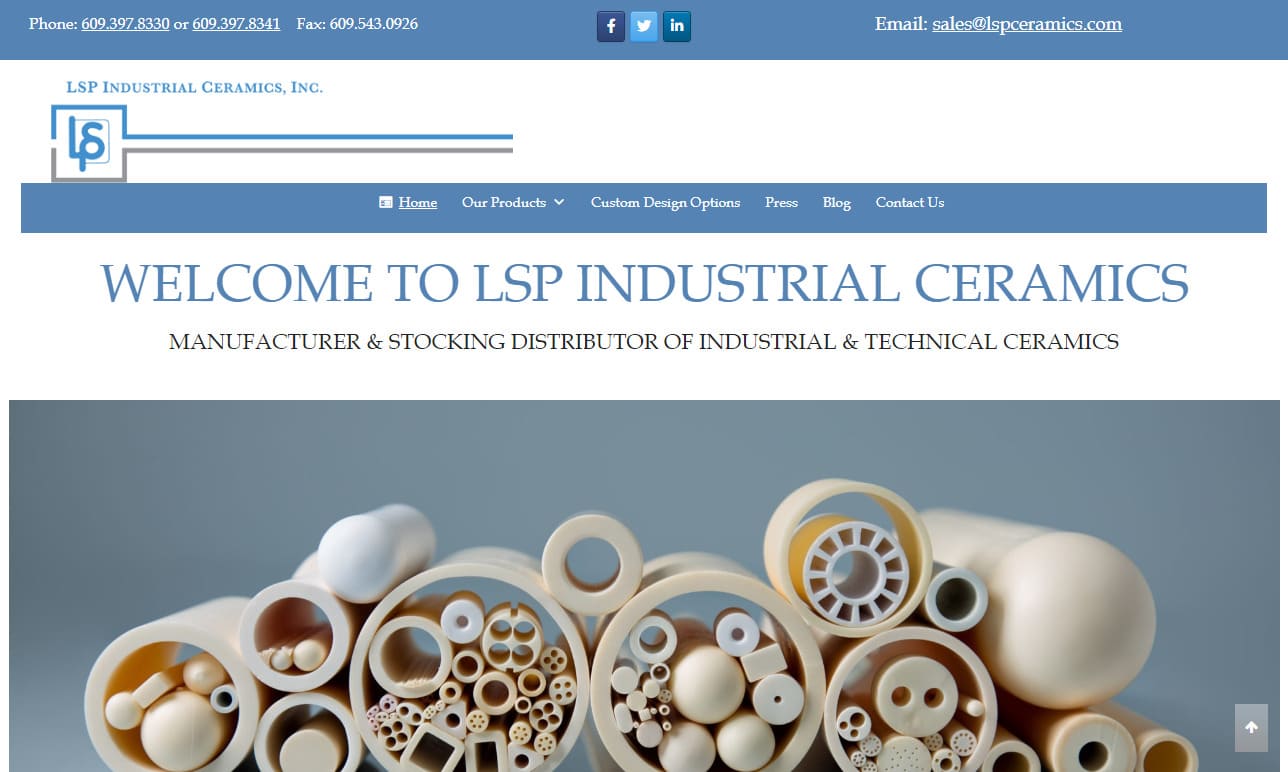
Insaco provides custom grinding and machining services to fabricate precision parts from sapphire, quartz, and most technical ceramics including alumina, zirconia, silicon carbide, silicon nitride, aluminum nitride, and others. Engineers are available to discuss material options/alternative recommendations, as well as design concepts to help our customers minimize fabrication costs. Since 1947...
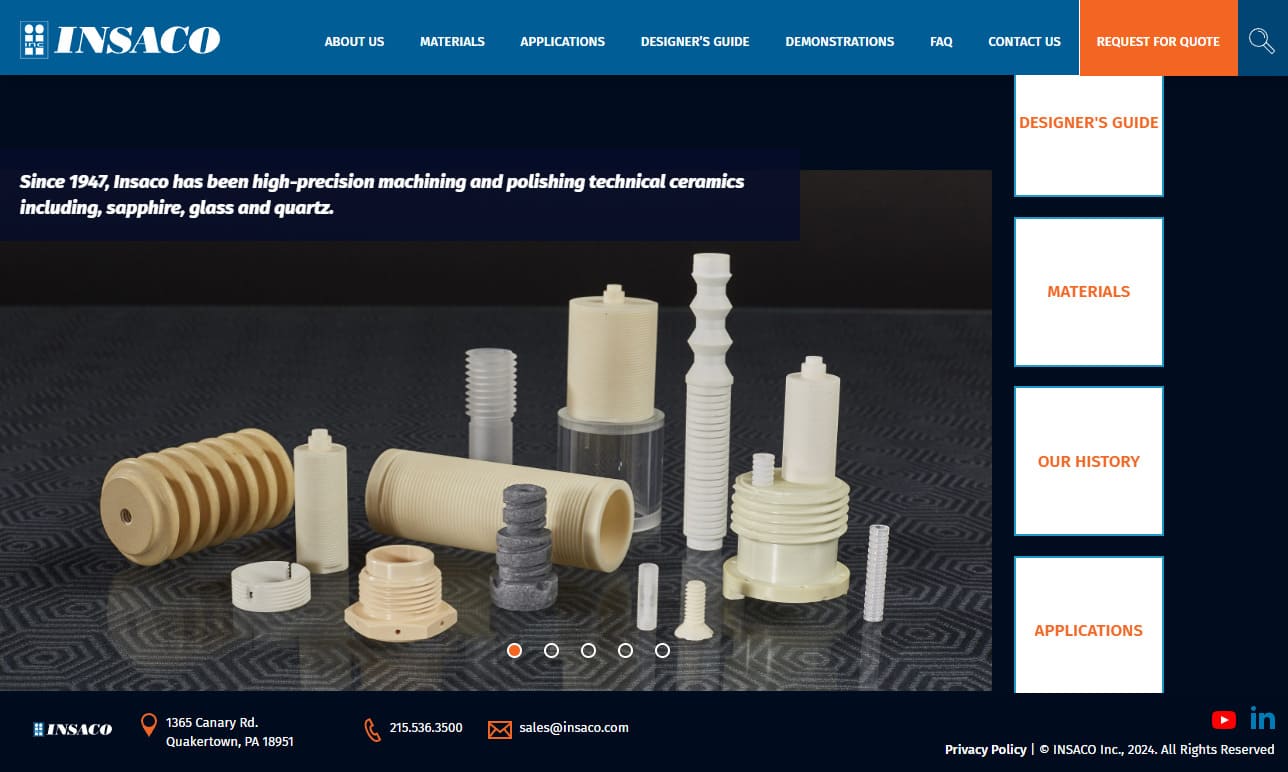
Years of experience have created unique specializations and expertise of our engineering and product consultation team. Applied Ceramics has a proven track record in creating the highest quality products for semiconductor processing equipment, automotive ceramics, cutting tools and many other industrial ceramics. We’ve machined products for industries such as aerospace/aviation, medical,...
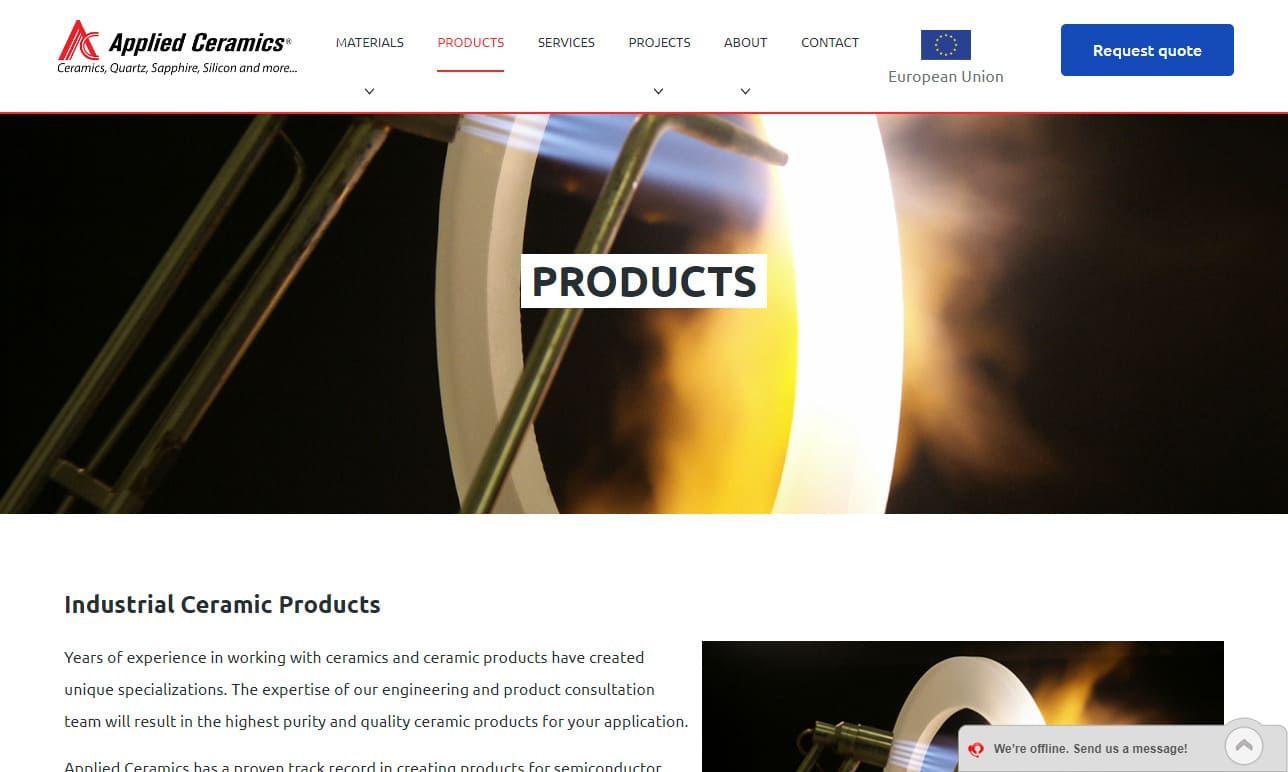
More Sapphire Machining Manufacturers
Chromium impurities give sapphires a red tint, and these sapphires are usually called rubies. Sapphires can be mined in many locations around the world, including Thailand, China, Madagascar, North America, and East Africa.
However, sapphires can also be created synthetically. The ability to manufacture sapphires has made this material more available for use in industrial and scientific applications.
Industrial sapphire is made by melting aluminum oxide and then promoting crystal growth with a seed and by carefully controlling the environmental factors. Different seed materials and environmental factors result in varying sizes, qualities, costs, and shapes.
These shapes can include ribbons, tubes, or rod-like boules which are then machined into more easily employed sizes and shapes. The material does tend to chip somewhat easier than alumina, but applying the correct grinding procedure and technique will easily avoid this.
Sapphires have several important qualities that make them especially useful in industrial settings. For example, sapphires exhibit a hardness of 9 on the Mohs scale, which makes it the third hardest mineral.
It is also birefringent, an “optical refractive property which offsets wave transmission up to 0.8% at right angles to the optic axis.” Therefore, this mineral is commonly used in optical components, like lasers, in durable, shatter resistant glasses, and in substrates for semiconducting circuits.

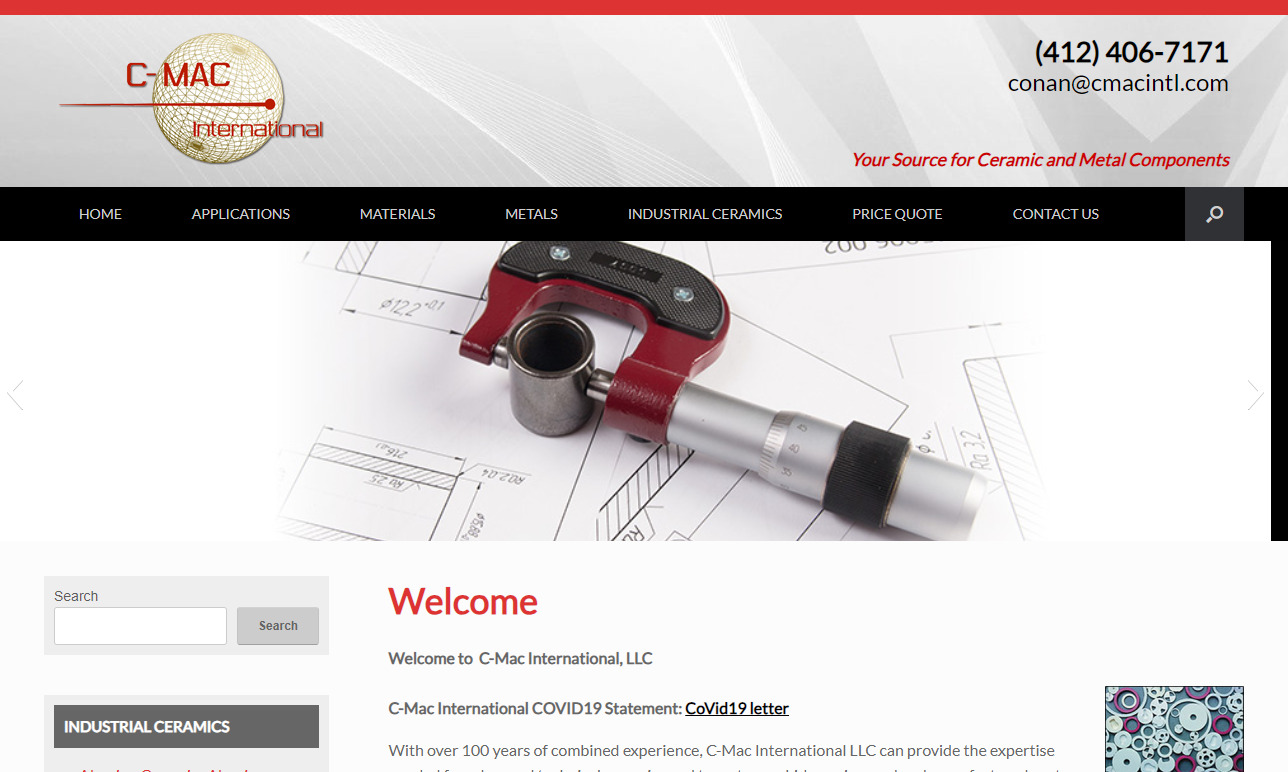
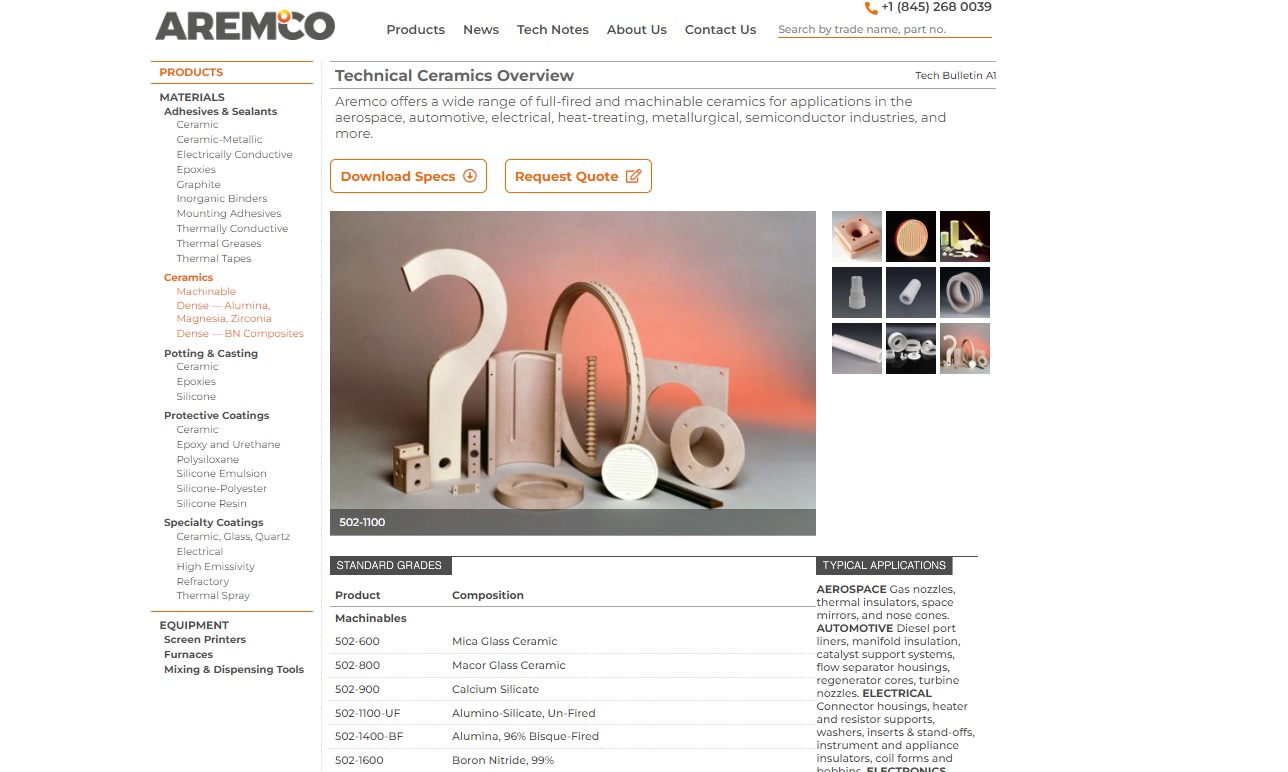
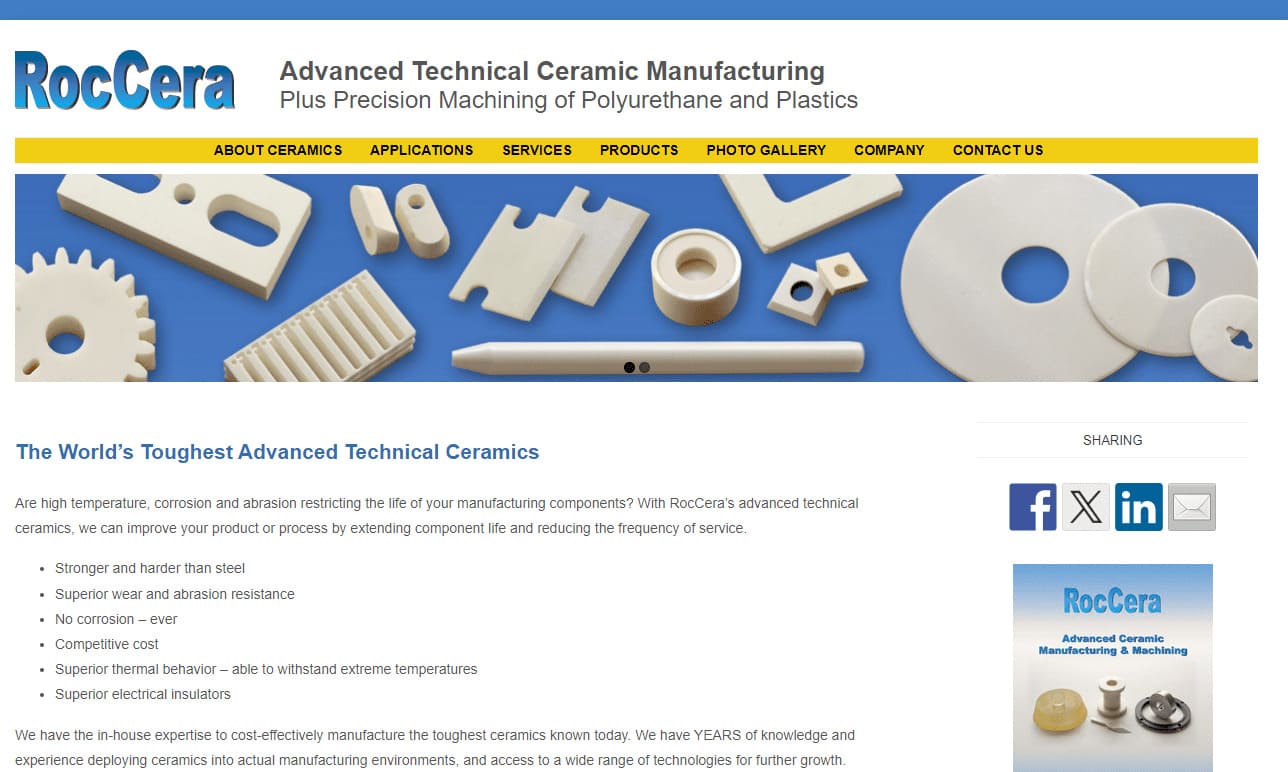

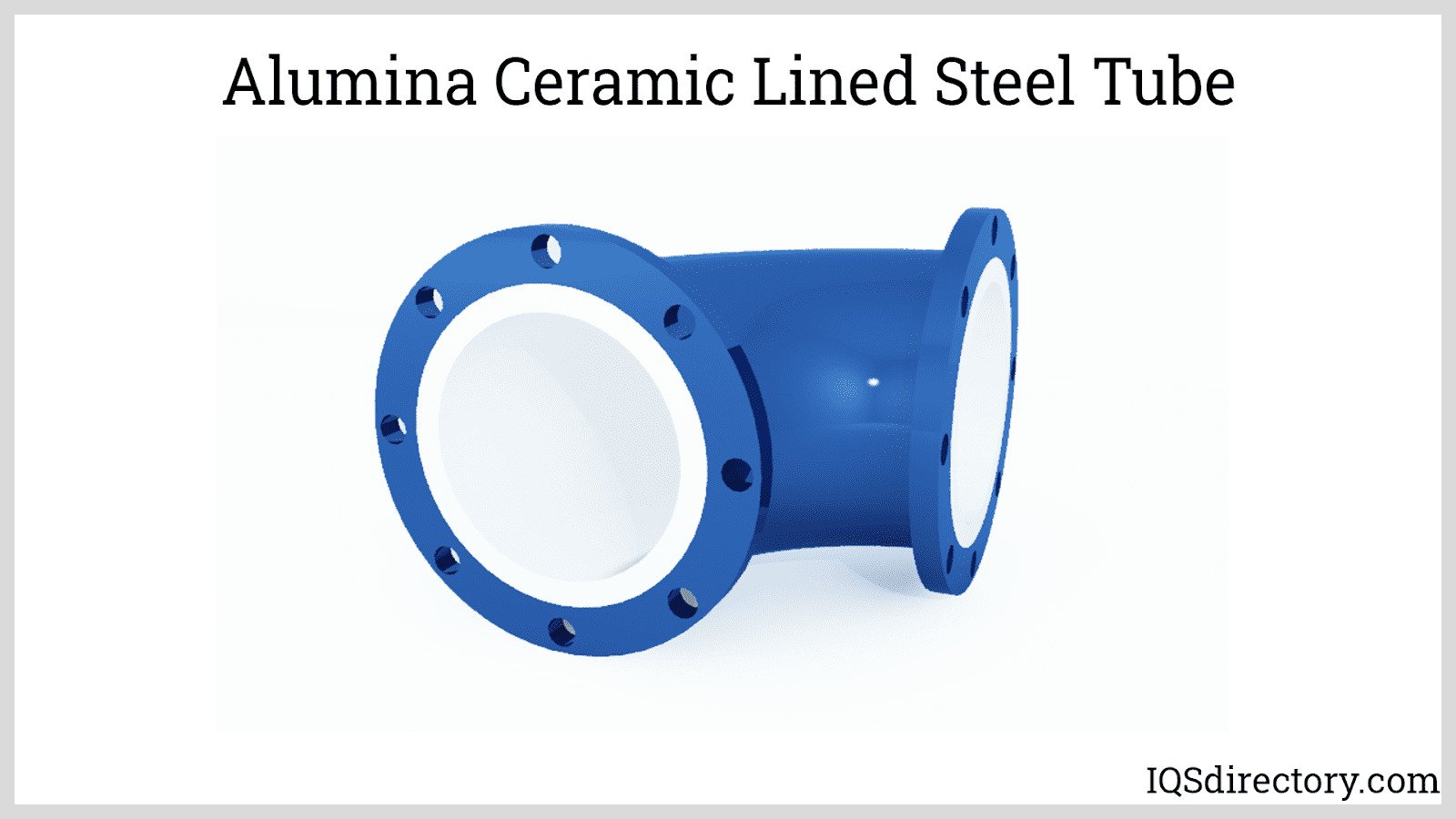
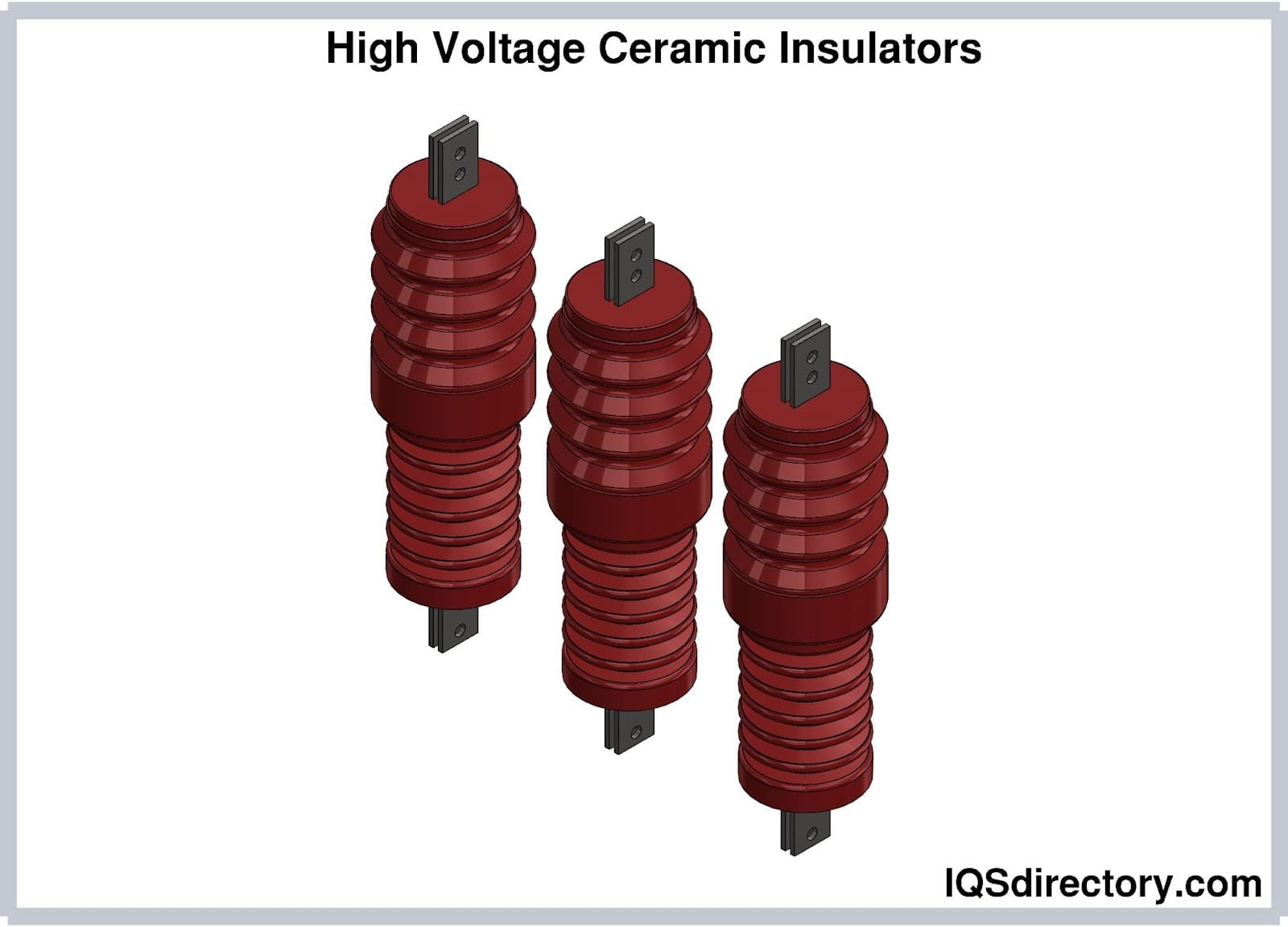
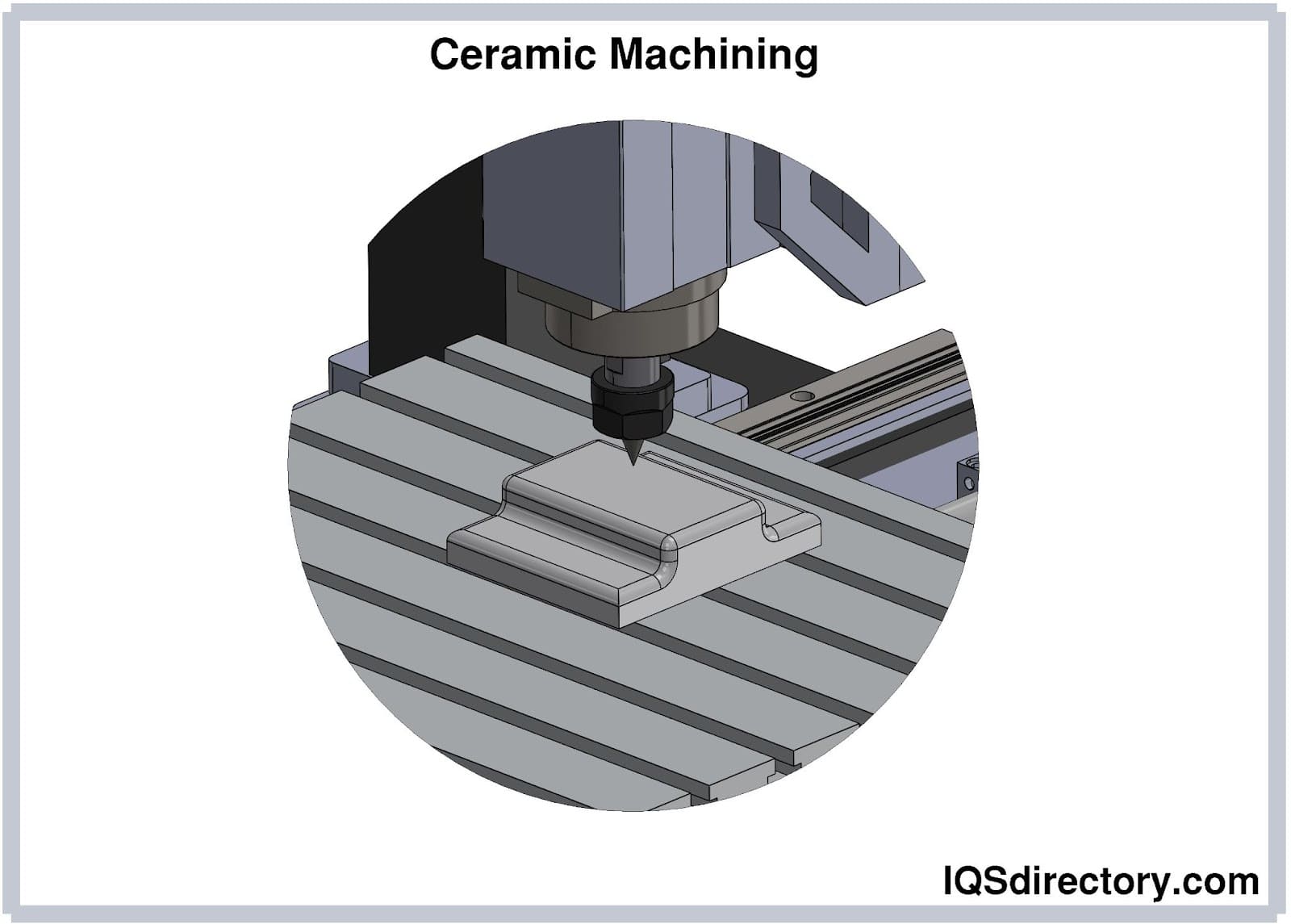
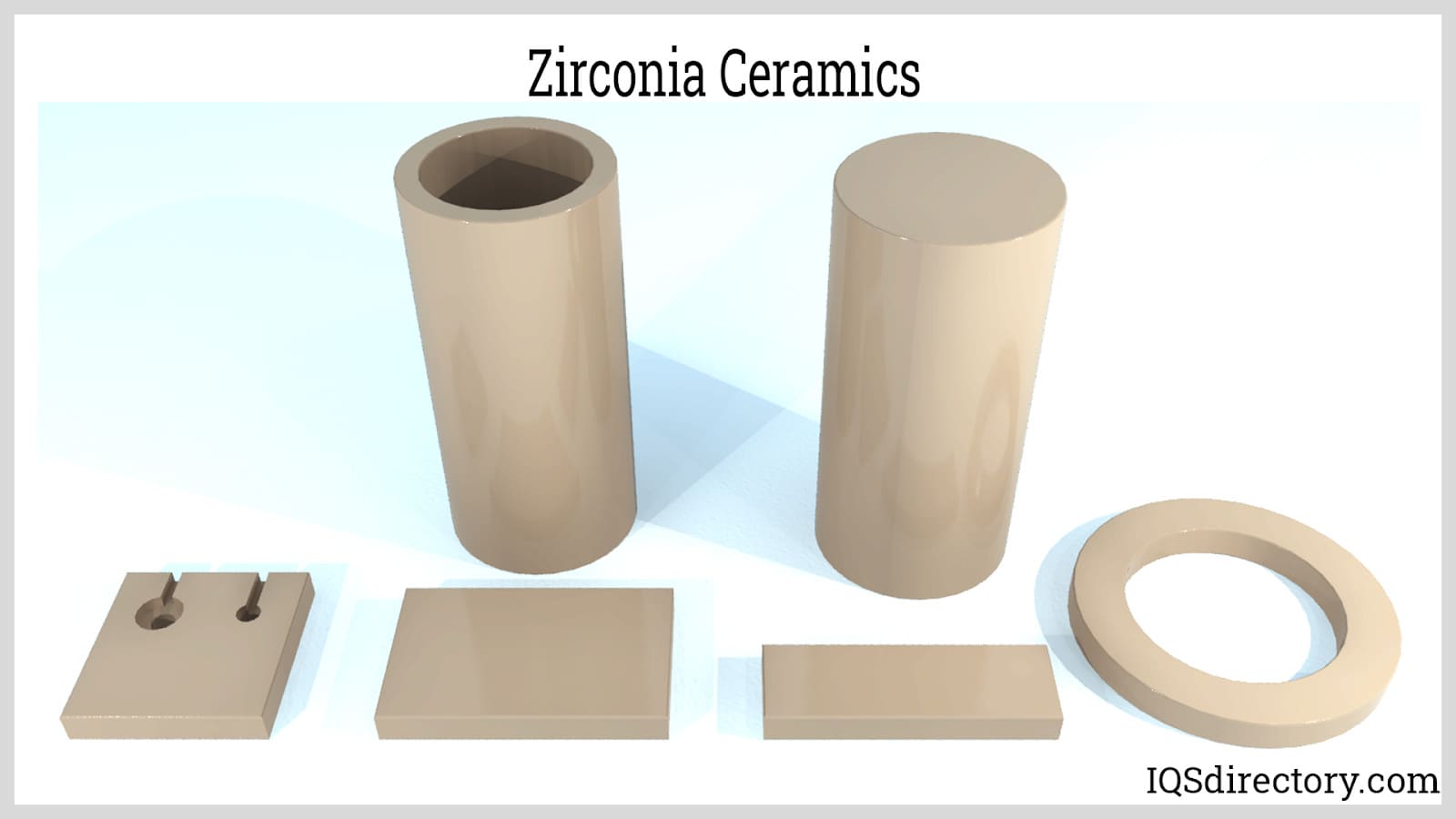
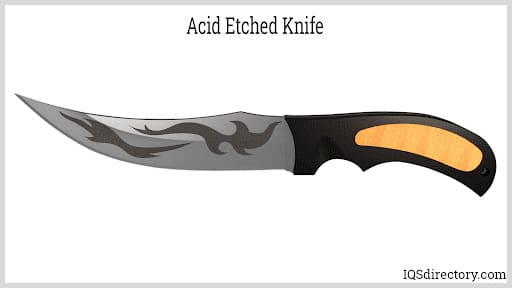
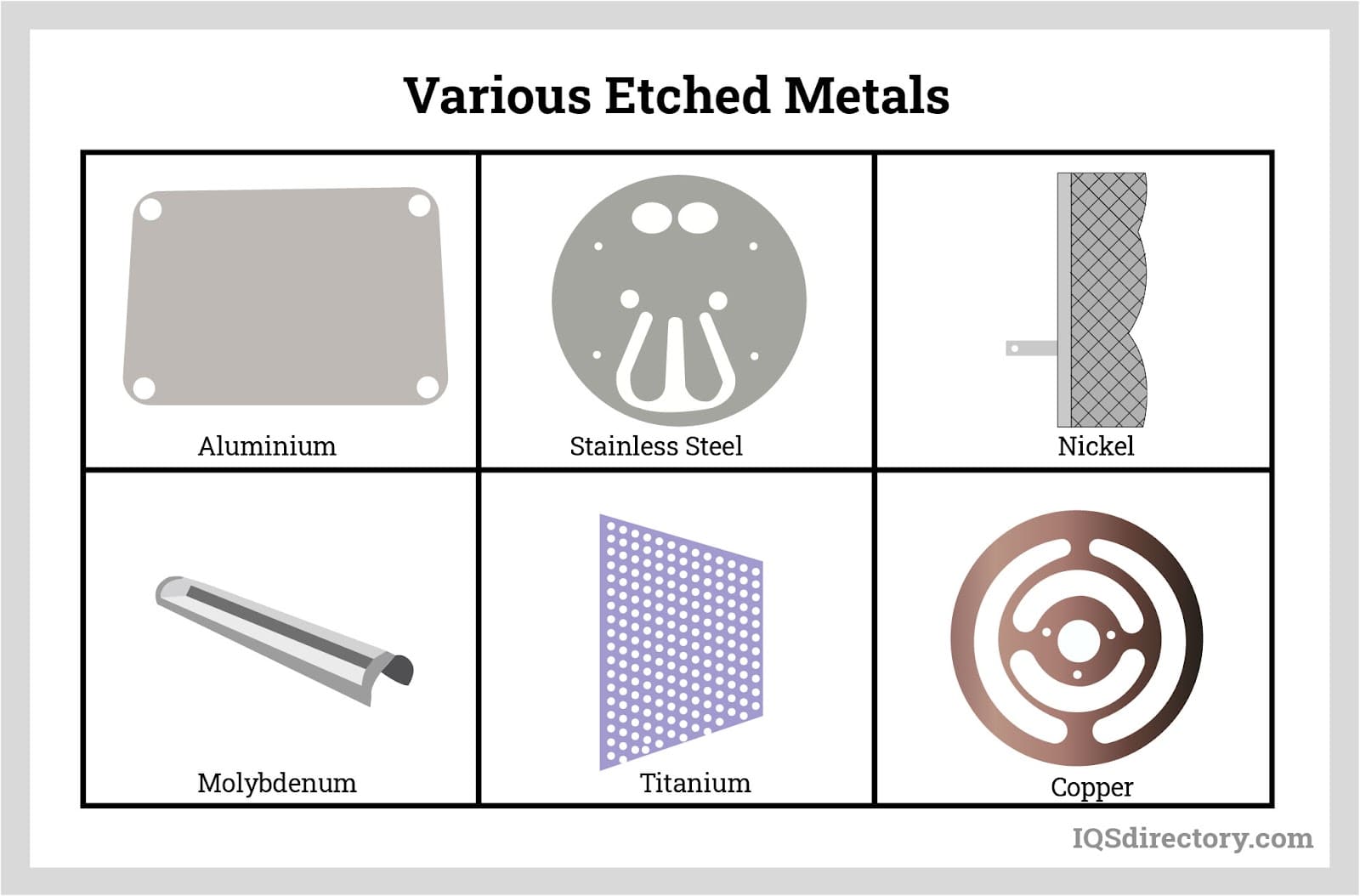
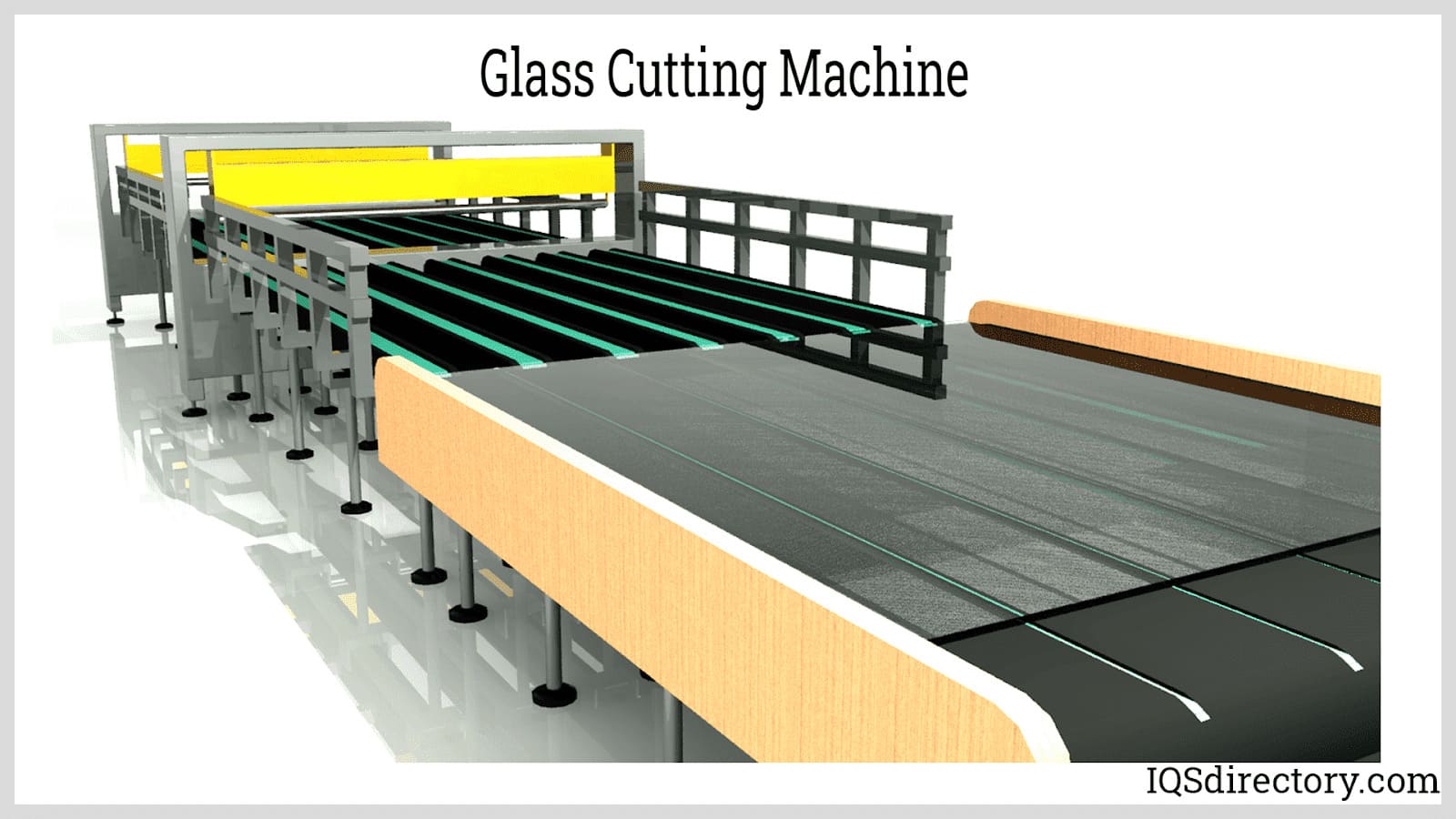
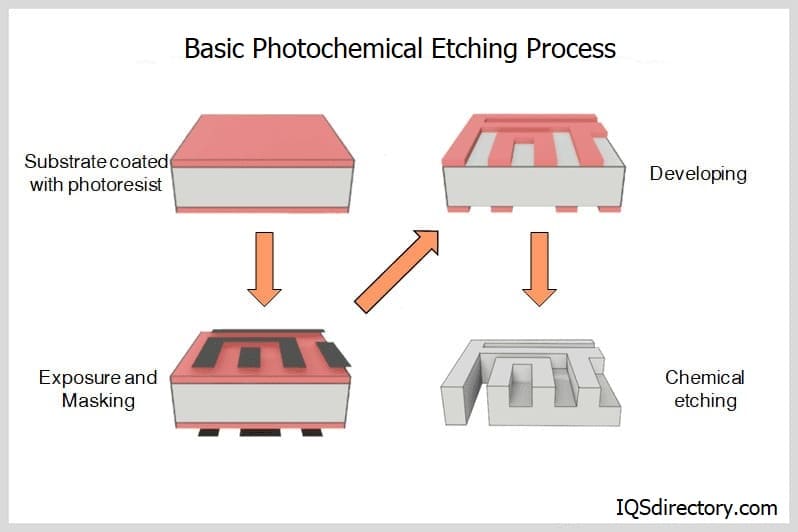
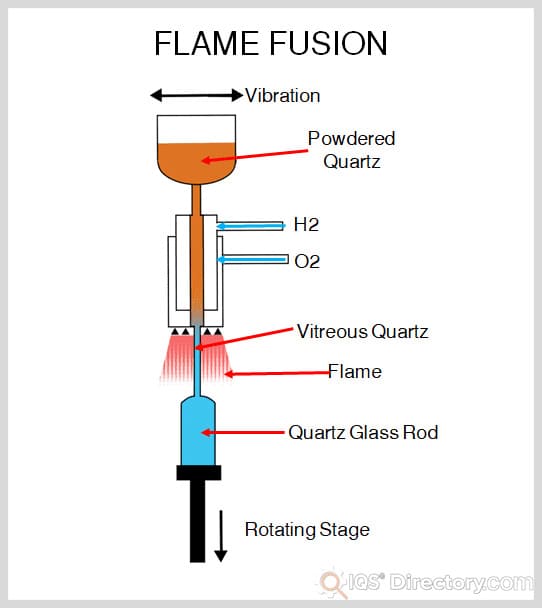
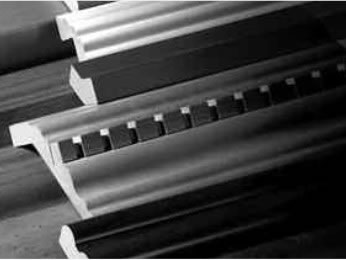 Adhesives
Adhesives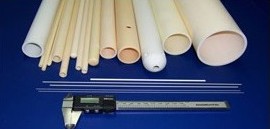 Alumina Ceramic
Alumina Ceramic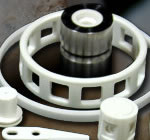 Ceramic
Ceramic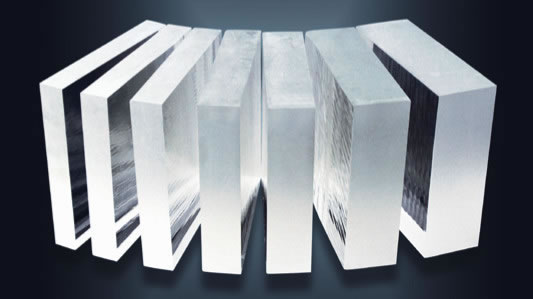 Glass
Glass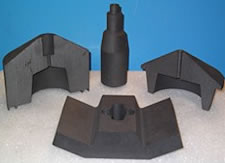 Graphite
Graphite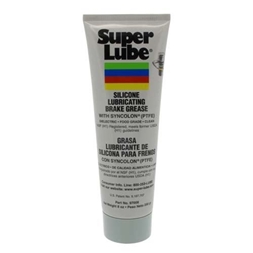 Lubricants
Lubricants Castings & Forgings
Castings & Forgings Bulk Material Handling
Bulk Material Handling Electrical & Electronic Components
Electrical & Electronic Components Flow Instrumentation
Flow Instrumentation Hardware
Hardware Material Handling Equipment
Material Handling Equipment Metal Cutting Services
Metal Cutting Services Metal Forming Services
Metal Forming Services Metal Suppliers
Metal Suppliers Motion Control Products
Motion Control Products Plant & Facility Equipment
Plant & Facility Equipment Plant & Facility Supplies
Plant & Facility Supplies Plastic Molding Processes
Plastic Molding Processes Pumps & Valves
Pumps & Valves Recycling Equipment
Recycling Equipment Rubber Products & Services
Rubber Products & Services